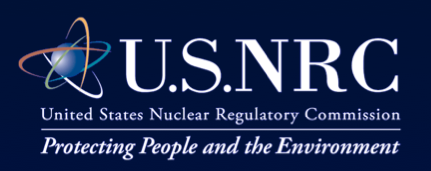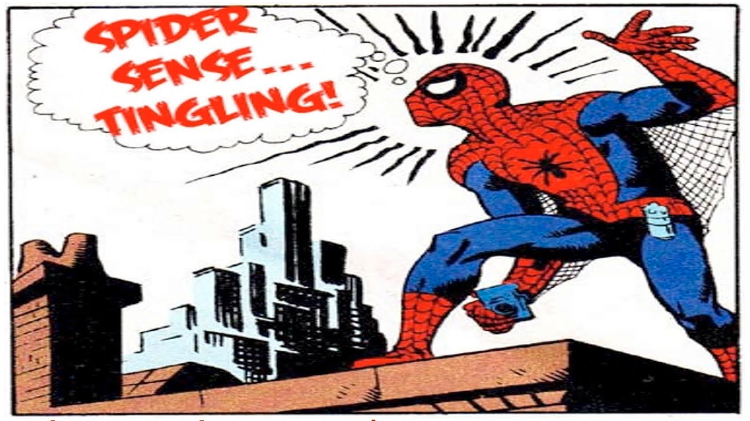Questioning Attitude?

Questioning Attitude
What is a “Questioning Attitude?”

The US Nuclear Regulatory Commission defines a “Questioning Attitude” as:
“…when individuals avoid complacency and continuously challenge existing conditions and activities in order to identify discrepancies that might result in error or inappropriate action.”
“Questioning Attitude” is a technique being taught to improve human performance. Read more about it below.
Questioning Attitude Example from the NRC
In a US NRC newsletter (Safety Culture Trait Talk), the NRC gave this example of when a Questioning Attitude could have prevented an accident:
“A hospital was conducting a cancer treatment with a high-dose rate brachytherapy remote after loading system using an iridium-192 source. Just prior to the cancer treatment, the hospital had replaced the source and upgraded the software.
When entering the data into the treatment system, the medical physicist was unable to electronically transfer the patient’s treatment plan from the planning system to the treatment system due to an error message. After several failed attempts by staff, the medical physicist entered the treatment plan manually into the treatment systems control console, rather than question why he was seeing the error message.
Due to a bug in the software upgrade, the treatment system software created an unexpected source step size change in the treatment parameters. When the medical physicist entered the data manually for the source dwell times, the software automatically changed the entered data to the default parameters for the source step size. The medical physicist faced an unexpected condition with the software error and failed to recognize the change in the source step size.
The patient was then treated with a mispositioned source.
The medical physicist failed to verify that the treatment computer system was correct after data entry and prior to treatment. In addition, the hospital failed to follow its procedure of performing an independent review of the treatment plan prior to patient treatment.
As a result, the patient received a radiation dose to tissue outside the treatment area and an underdose to the treatment site.
This scenario illustrates equipment (software) errors as the initial precipitating event. Had the medical physicist used a questioning attitude, he could have identified the equipment failure and the hospital could have corrected this failure before treating the patient.”
What do you think the likelihood is that the medical physicist would catch the machine error? Why was the medical physicist taking shortcuts to get the work done?
When should you have a Questioning Attitude?
Here’s a list compiled from on-line sources and training courses:
- When you feel uncertain
- When your gut tells you there is something wrong
- When something unanticipated happens
- When you are using the human performance tool STAR
- When making important decisions
- When you are confused or in doubt
- When you find something missing
- When someone says, “We’ve always done it this way.”
- When you encounter inconsistencies
- Before doing something important (like a critical procedure step)
- When plans and procedures don’t agree
- When plant conditions are different than you expected
- When you encounter something new/different
- When you hear: “I assume” or “probably” or “I think …”
- When normal work processes fail/don’t produce the expected results
Here is my addition to the list:

Or how about this:
Just before a major accident.
Before you start teaching your people to have a Questioning Attitude, you might want to know if this approach works. Read on for more information.
Is the Questioning Attitude Technique Justified by Human Factors Research?
For all human performance improvement techniques, I always ask (and research):
“What is the Human Factors research behind the technique?”
Unfortunately, my digging into the human factors research is that “Questioning Attitude” isn’t a very reliable way to improve human performance. In fact, it probably counterproductive.
I’m not saying that it is a bad idea to “be careful.” But the odds of this technique working are probably less than 50% (and many times zero).
“Questioning Attitude” Results in Blame
So what is the most likely result of depending on a “Questioning Attitude” to prevent accidents?
BLAME
Why? Because when an accident happens, the almost knee-jerk reaction is to say:
“They should have had a questioning attitude.”
Of course, the corrective action is either:
More training on Question Attitude.
OR
Counsel the employee to have a Questioning Attitude.
And we all know that blame reduces the odds of good root cause analysis and human performance improvement.
Learn More About Human Performance Techniques
Want to find out the odds of a questioning attitude stopping an error? Or maybe the human factors research about self-checking?
Want to learn techniques that really do improve human performance including the techniques that work the best?
Then you need to attend the new Stopping Human Error Training.
When is the next course?
September 15-16 in Knoxville, TN.
CLICK HERE for upcoming course dates and locations.
Are you ready to register for the Stopping Human Error Course in Knoxville? Use this link:
https://store.taproot.com/search?q=Human+error
New Book on Stopping Human Error
If you attend the course, you will get the book, Stopping Human Error, as part of the course materials.
If you would like to read the book before you attend the class, you can order it by clicking HERE.
Want to read the book’s Foreword before buying the book? CLICK HERE.
We are looking forward to seeing you at the course.




